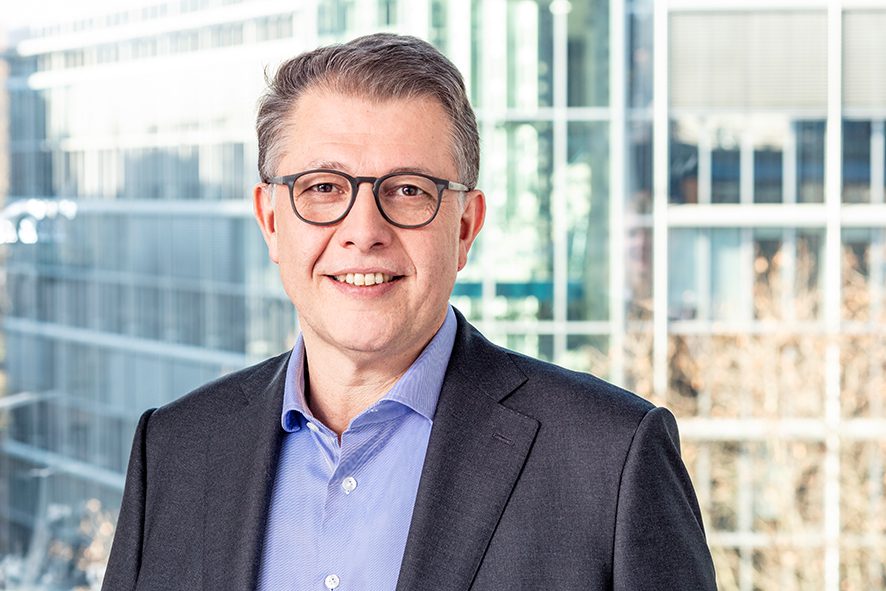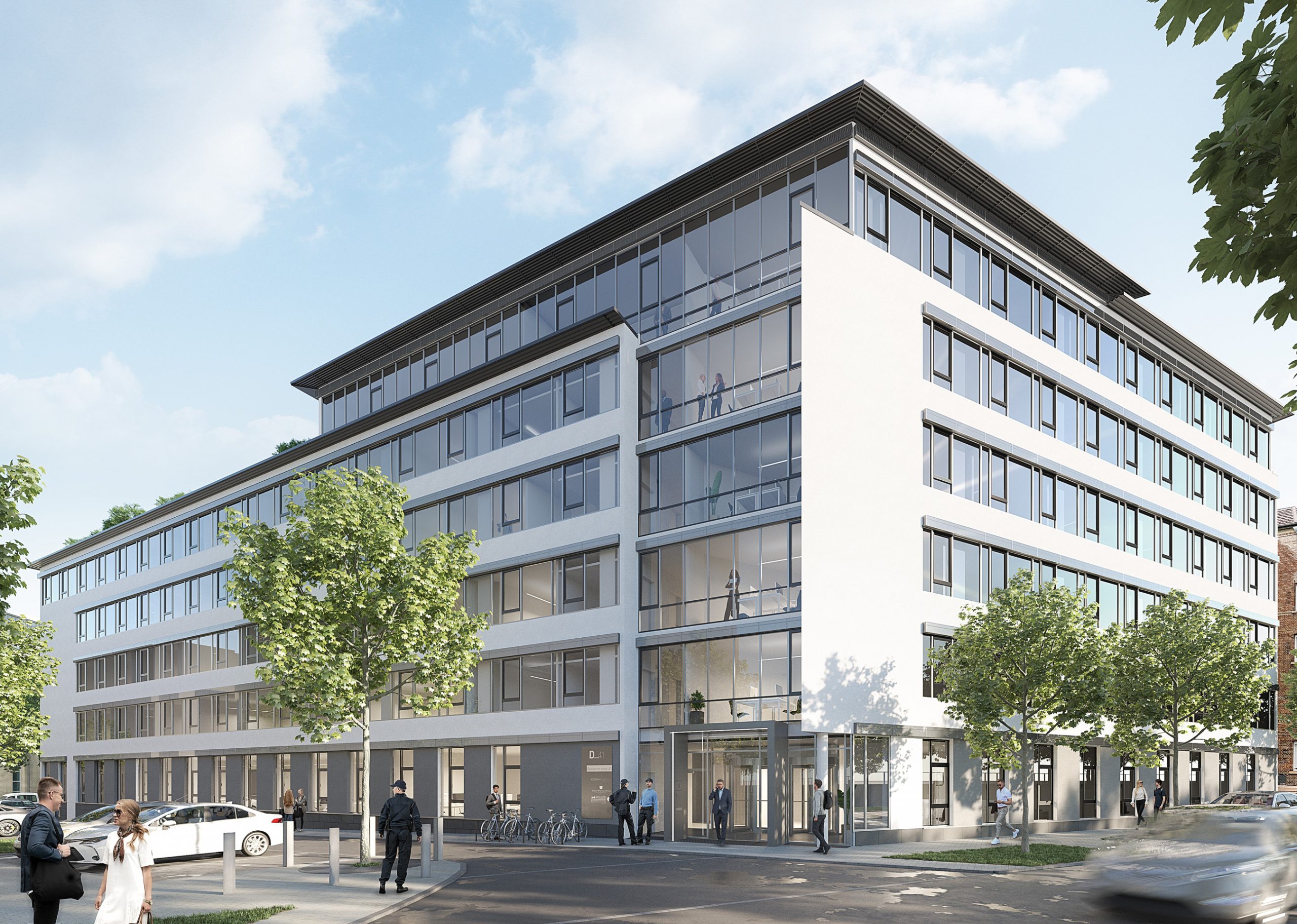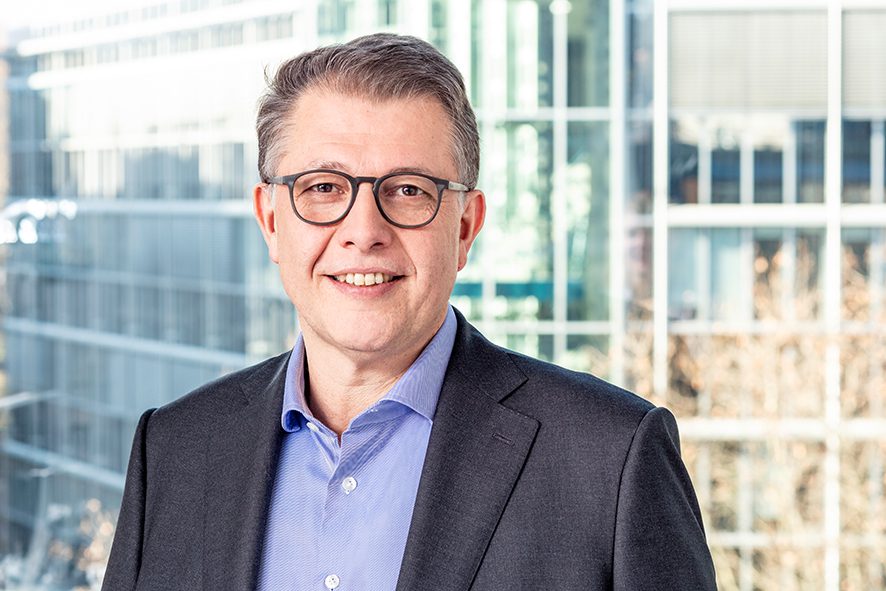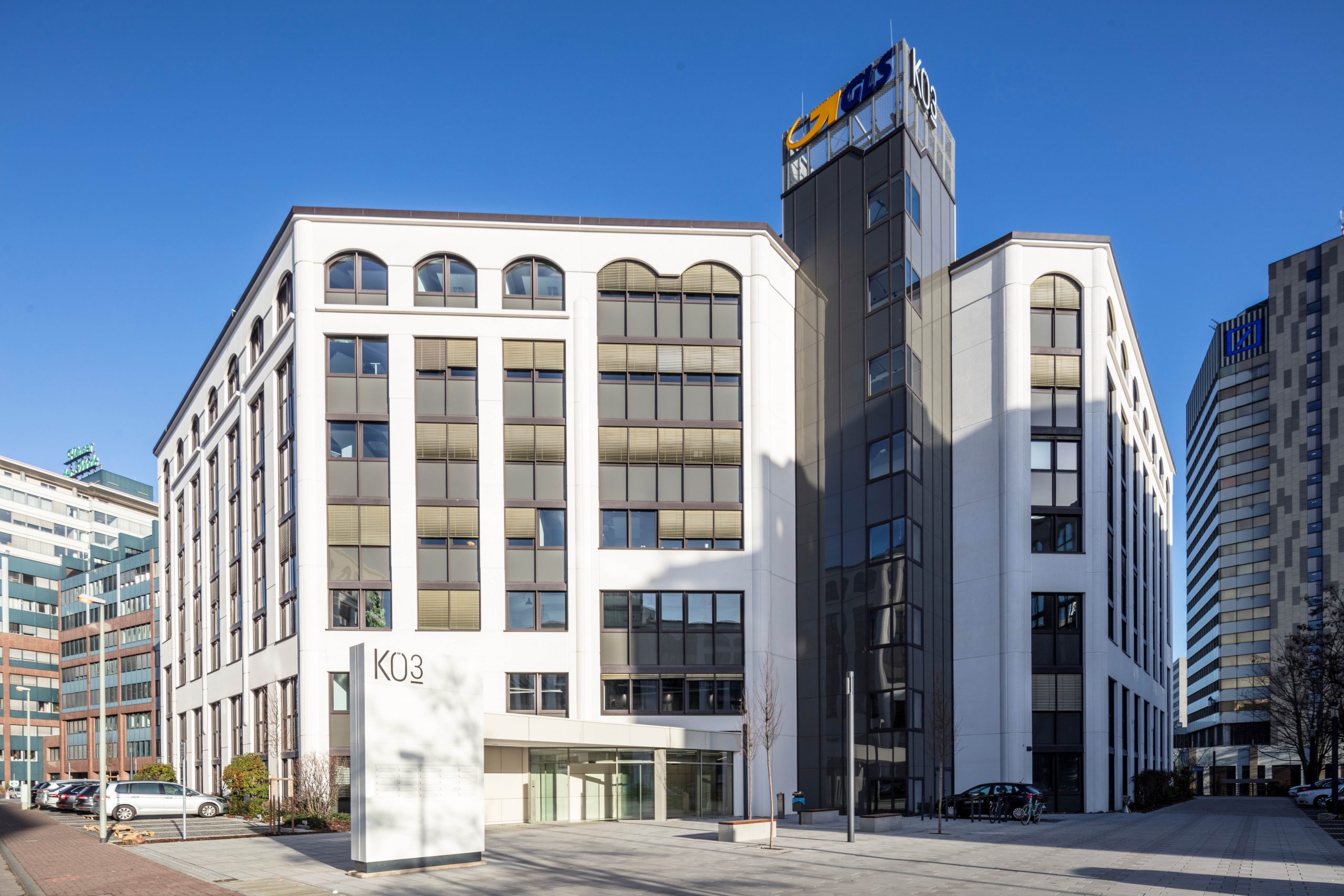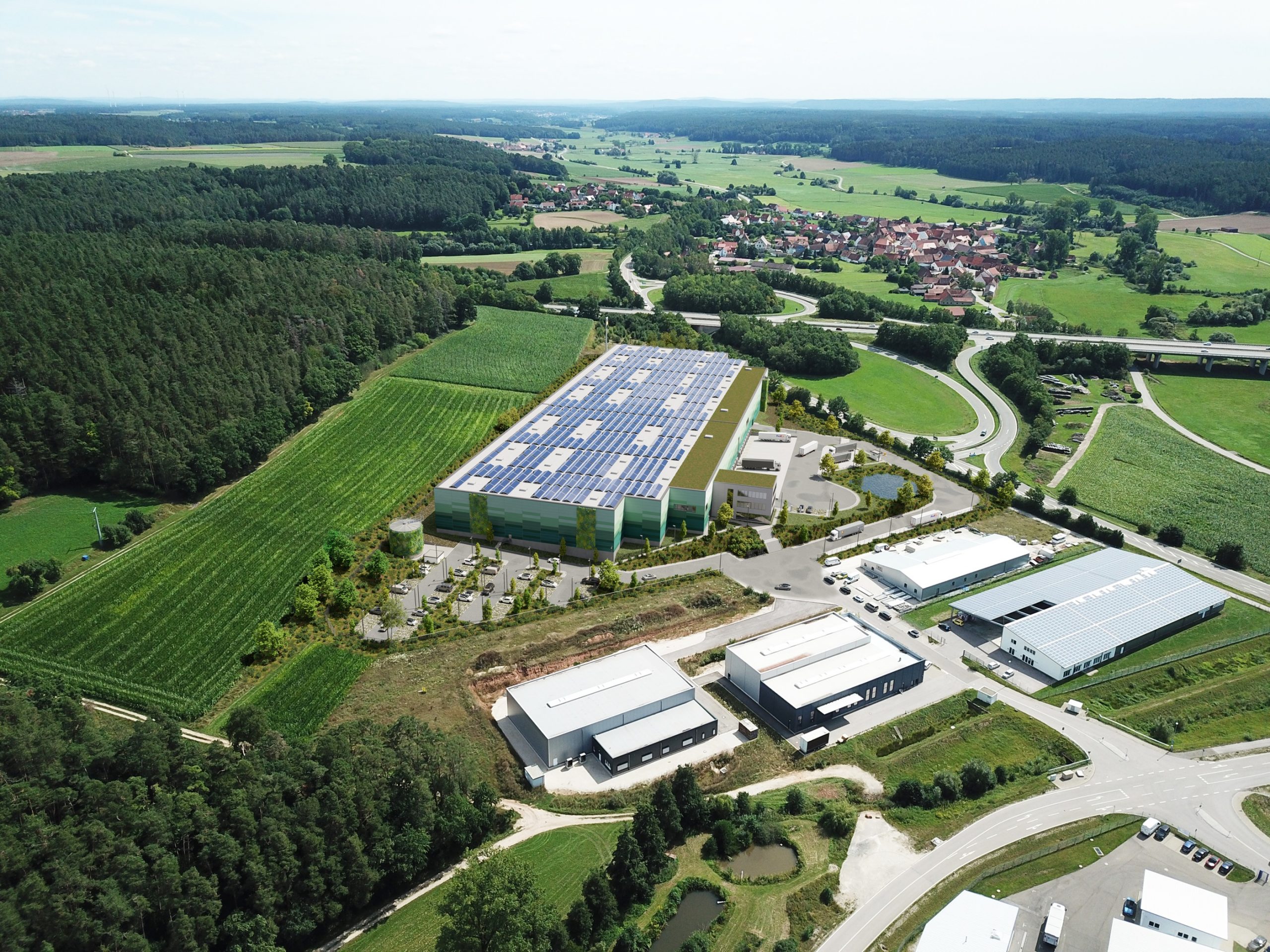“Technology, talents and tolerance”. These three “T’s” mark out the field in which, according to Richard Florida’s growth theory, regions and cities compete for a successful economic future. After the last post in this series, the “T” stands for technology, the second “T” stands for talent.
Access to talented and creative people is to modern business, what access to coal and iron ore was to steel-making.
The basis for innovation and competitiveness is highly qualified employees. Regions and cities must therefore actively try more than ever to attract the sought-after workers, the talents (second T in Richard Florida’s concept). Their choice of place to live or work can influence the rise or fall of companies and even entire cities. Whereas in the past cities focused on attracting large manufacturing companies or establishing themselves as trading locations, today they are competing for the new human resource of the talented-creative class.
According to Florida, the presence of these talents is now the most important prerequisite for urban growth. Modern cities can only flourish economically if creative people are represented in large numbers. These have creative potential, which Florida defines as “intrinsically human ability to create new ideas, new technologies, new business models, new cultural forms, and whole new industries that really [matter]” (Florida 2005). Florida distinguishes between three types of human creativity that influence and reinforce each other and ultimately drive the economic development of regions:
- The highly creative core generates knowledge, is innovative and drives economic and technical development. This task is fulfilled by scientists, engineers, university professors, architects, IT specialists or high-tech specialists, for example.
- The creative professions such as lawyers, doctors, financial experts and managers support economic development by applying their knowledge in ever new contexts. They find and solve problems.
- Finally, the third subgroup, the bohemians (including artists, musicians, actors, writers) represent the artistically active part, which does not solve economic problems, but is essential for the cultural development and quality of life of a region or city.
Although creative people have always played an important role in economic dynamism, their influence has increased significantly in recent decades. According to Richard Florida, they now make up about 30 percent of the working population in the United States. These creative knowledge workers are sought-after workers sought after by technology and knowledge-intensive companies. Companies – according to Florida’s intensification – are increasingly following creative talents (Florida 2004).
Regional endowment with human capital
A first indication of the different talent endowments of cities is initially provided by the age structure. It is to be expected that the higher the proportion of younger people in the total population, the greater the growth prospects of a region. The young population in Europe is increasingly concentrated in metropolises. In the almost 1,200 European Nuts 3 regions (equivalent to the district level in Germany), an average of 49 percent of the inhabitants are younger than 45 years. In the top 15 metropolises from the Florida ranking, the proportion is significantly higher at 58 percent. Copenhagen (66 per cent), Oslo and Dublin (64 and 63 per cent respectively) have particularly high proportions (Fig. 07).

The age pyramids of these metropolises also differ significantly from the European average. In Copenhagen, for example, there is no typical concentration of the population in the baby boomer cohorts (50-60 year olds), but a strong bulge among the 20-30 year olds (Fig. 08). Berlin also has a spike among 20-30-year-olds, but also a large population group of 50-60-year-olds. London, on the other hand, is also one of the youngest capitals in Europe with an average age of 37, but shows a more even age distribution. The different composition of the age structure in these metropolises has an impact on politics, urban society and the real estate industry, for example in the search for daycare places, retirement provision, dating in the same age group or suitable apartment types.


Migration patterns of young talents
Cohort analyses can be used to estimate the extent to which cities have attracted young people to training or studying. To this end, the number of 15-19 year olds in 2017 in cities with more than
250,000 inhabitants compared with the number of 20-24 year olds five years later in 2022. For example, during this period in Copenhagen, 100 15-19-year-olds became over 250 20-24-year-olds due to influx. This means that this age cohort, which is highly relevant for the labour market, has more than doubled within five years. The other top 15 metropolises considered are also in the upper right field (Fig. 09) and show net increases of 10 to 70 percent in these age groups.
This method can also be used to estimate how attractive a city is for career starters or how many of the graduates remain “stuck” in the respective city after their training or studies. For this purpose, the number of 20-24-year-olds in 2017 was compared with the number of 25-29-year-olds in 2022. Here, too, all the top 15 considered are above 100, i.e. they were also able to generate net influx in this age cohort. It is striking that the German metropolises in particular are successful in this category.
This migratory behaviour of young talents is accompanied by a stronger human capital endowment, especially in European metropolises. Once again, Florida’s top 15 are characterized by an above-average proportion of young people with a high level of education (including Copenhagen, Munich, Berlin, Zurich, Stockholm). A strong human capital base is a locational advantage for companies, which find a large number of workers with the specific skills they need. Conversely, skilled workers are more likely to move to cities or regions where they find a wide range of employment opportunities that match their qualifications. This once again shows the self-reinforcing process and the close connection of the three T’s from Richard Florida’s concept.
Universities as talent magnets
Universities have a major influence on the migration balances of young people, which are often decisive in the international struggle for competitiveness. At the same time, universities are also drivers of innovation, generating employment and new developments in high-tech and knowledge-intensive industries. This results in new networks that, as an ecosystem, give a region a decisive economic advantage. For example, Berlin with its three universities of excellence (FU, TU and Humboldt) is considered a start-up capital. A cluster of biotech, IT and other high-tech companies has also formed around the Technical University of Munich. TUM produces more than 70 start-ups every year, more than any other German university.
These impulses from the academic world are increasingly determining the economic success of large cities. This effect is further enhanced by the fact that the internationally renowned universities attract people from all over the world, they are talent magnets. Foreign students are an ideal reservoir for attracting additional skilled workers, because they have already lived in the respective country for several years after graduation, know the culture, often speak the local language and are already integrated.

How and where do talents live?
To attract talent – and retain it in the long term – cities need adequate housing as part of the territory assets. Representatives of the creative class often show a preference for inner-city, urban places with social gathering places such as cafes, restaurants, and entertainment venues. Their residential profile is strongly concentrated on small and high-quality apartments. In addition, there are flexible, temporary housing options, such as short-term leases or the possibility of moving easily. This reflects the dynamic nature of their careers and lifestyles. Permanent and constant employment relationships tend to be the exception. Students and trainees have similar housing preferences. Various studies see significant growth potential for temporary forms of housing in many European cities as a result of the increasing flexibility of life plans and growing (international) job mobility (Fig. 10). Flexible services such as high-speed internet, cleaning and fitness facilities and various common rooms are also very popular.


European Metropolises with a Future Agenda – Talents
Many European cities and regions, especially the top 15 in Florida, see attracting and retaining talent as one of the key factors for continued high innovation capacity and economic power and have included corresponding goals and programs in their future agenda.
To attract expats, the Netherlands offers attractive tax breaks for professionals from non-EU countries. They can reduce their taxable income by 30 percent for up to five years. The City of Amsterdam has also implemented various talent recruitment programs. The “Structural Vision for 2040” aims to explicitly address young talents and knowledge workers by creating at least 70,000 additional apartments for different housing needs. Programmes such as the “Masterplan Techniek Amsterdam” or the “Action Programme for Knowledge and Innovation” coordinate the supply and demand for skilled workers or support the financing of projects in the technology sector and educational institutions.
In Frankfurt, too, the “Integrated Urban Development Concept 2030+” aims to strengthen the science location by attracting talent. To this end, a pact for affordable housing for students and trainees is being launched together with universities, the Chamber of Industry and Commerce and public housing associations, among others. The “Campus Mile”, along which the Westend Campus of Goethe University, Frankfurt School of Finance & Management and Frankfurt University of Applied Sciences are located, among others, is intended to network important institutions and maintain a common spatial identity.
Previous post in this series: Technology – The first of the three "T's" of prosperous cities






